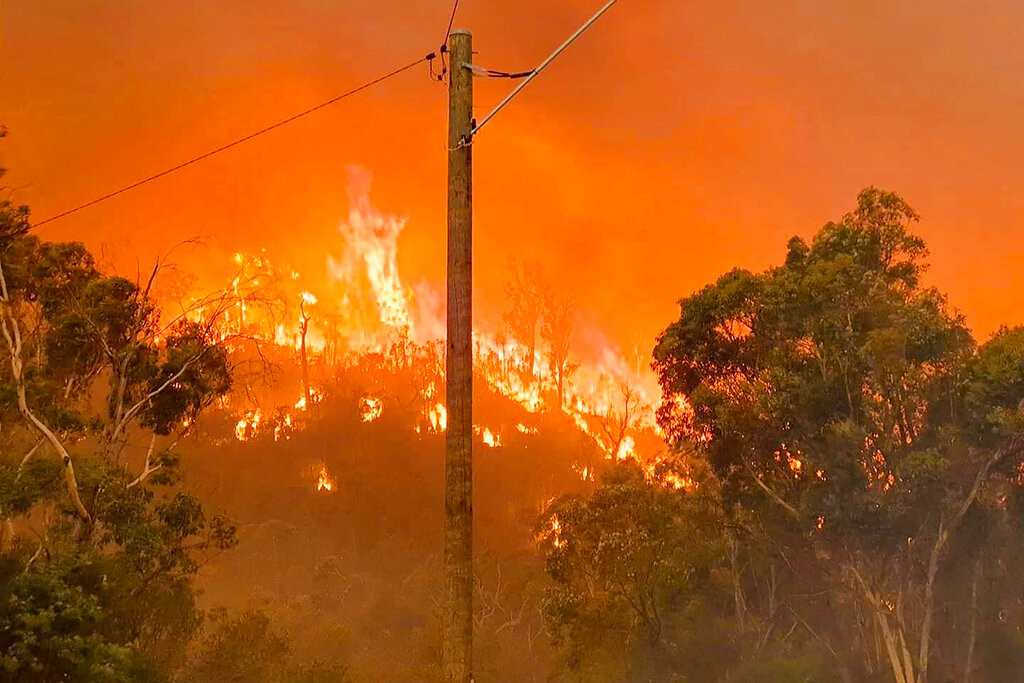The extreme drought in 2019 caused wildfires of unprecedented intensity, which burned more than 5.8 million hectares.
Smoke from the devastating wildfires that ravaged southeastern Australia in 2019–20 caused atmospheric temperatures to rise and likely made the hole in the ozone layer bigger, according to a new study.
As reported in Nature, the extreme drought in 2019 caused wildfires of unprecedented intensity, which burned more than 5.8 million hectares.
As well as causing catastrophic damage, the fires resulted in plumes of smoke rising into the atmosphere progressively raising temperatures in the lower stratosphere over Australia by 3 °C.
Globally, temperatures in the lower stratosphere rose by 0.7 °C — the biggest increase since Mount Pinatubo in the Philippines erupted in 1991, sending a plume of ash into the atmosphere, says the study, which was published in Scientific Reports on 25 August.
The rise in temperature lasted about four months.
The effect “was equivalent to what we would see from a moderate volcanic eruption,” says scientist Nerilie Abram and emphasizes that “What we’re discovering about the size of these fires is remarkable.”
Read the News today and get the latest news.
Follow Skai.gr on Google News and be the first to know all the news.
I have worked in the news industry for over 10 years. I have a vast amount of experience in covering health news. I am also an author at News Bulletin 247. I am highly experienced and knowledgeable in this field. I am a hard worker and always deliver quality work. I am a reliable source of information and always provide accurate information.











